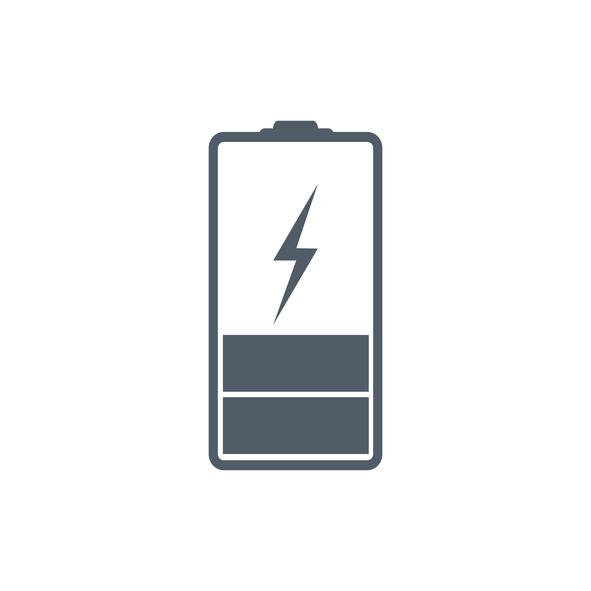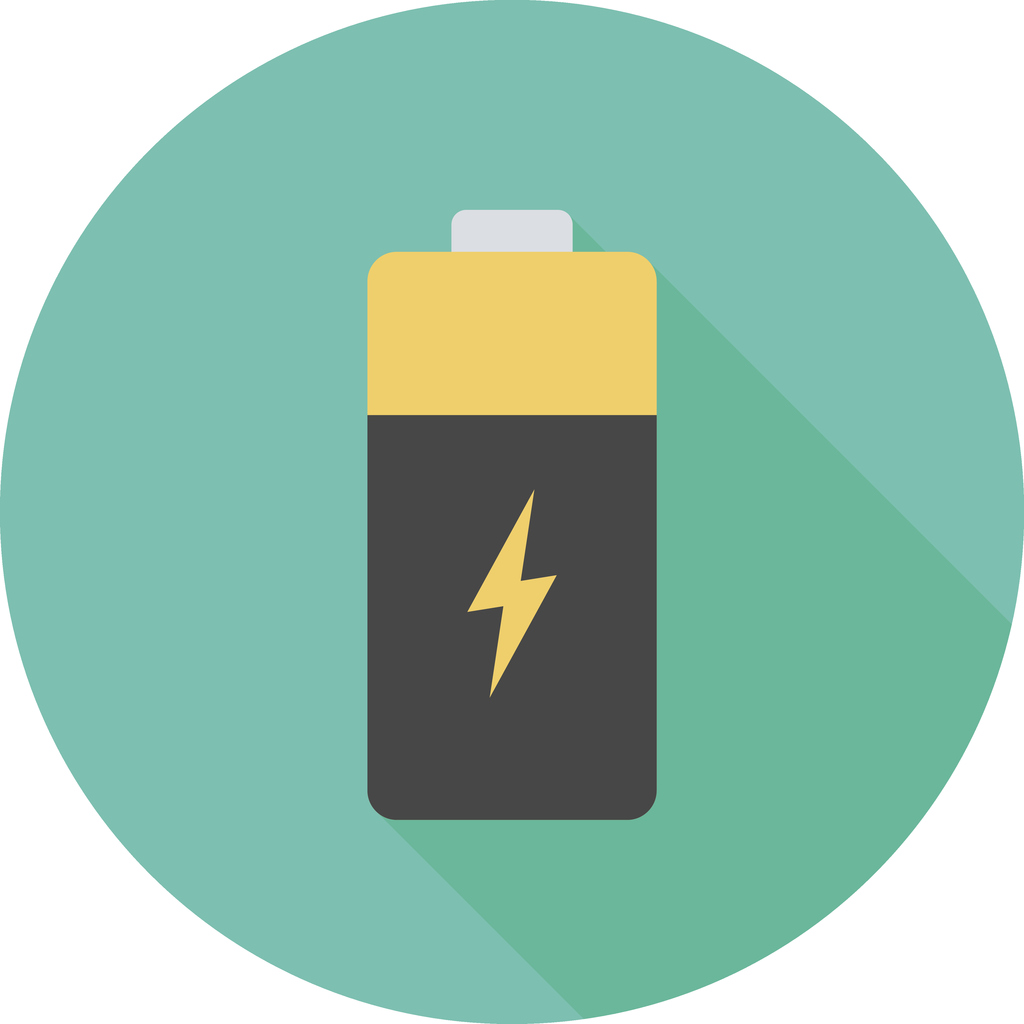University of Calgary Chemistry Professor Venkataraman Thangadurai’s background in solid-state batteries, solid oxide fuel cells, proton conducting SOFCs, and gas sensors have made him a source for information over the years. Because of this, the longtime ECS and battery division member has been invited to present several presentations this spring.
International Battery Event
This March, Thangadurai will speak at the International Battery Seminar & Exhibit taking place in Fort Lauderdale, Florida. The annual event showcases state of the art energy storage technology developments for consumer, automotive, military, and industrial applications, as well as offer attendees insights from guest speakers sharing their thoughts on significant material advancements, product development, manufacturing, and application of battery systems and enabling technologies.
ECS Biannual Meetings
Similar to the International Battery Seminar & Exhibit, ECS hosts biannual meetings on a broader scale, including a diverse number of topics in the electrochemical, solid state science, and technology field, of which Thangadurai has been a recurring speaker of.
In 2018, he attended AiMES as an invited guest speaker presenting his work, “Chemical and Electrochemical Stability of Fast Lithium Ion Conducting Garnet-Type Metal Oxides in H2o, Aqueous Solution, CO2, Li and S,” available in ECS Meeting Abstracts.








 A collaborative team of researchers from Shinshu University in Japan have found a new way to curb some of the potential dangers posed by lithium ion batteries.
A collaborative team of researchers from Shinshu University in Japan have found a new way to curb some of the potential dangers posed by lithium ion batteries. A novel compound called 3Q conducts electricity and retains energy better than other organic materials currently used in batteries, researchers report.
A novel compound called 3Q conducts electricity and retains energy better than other organic materials currently used in batteries, researchers report.